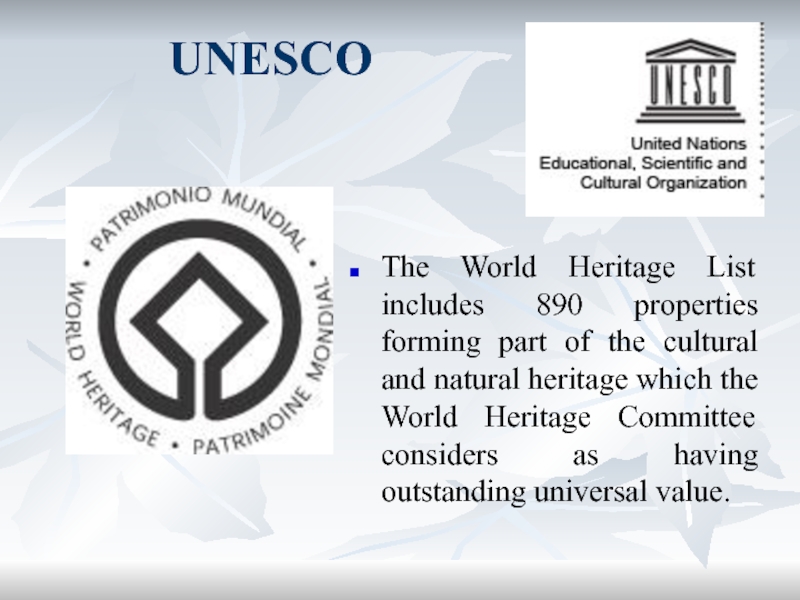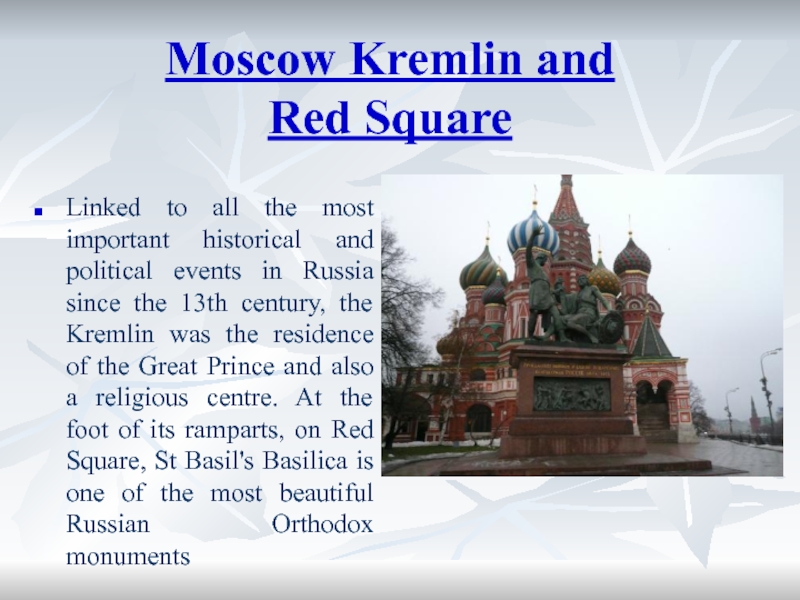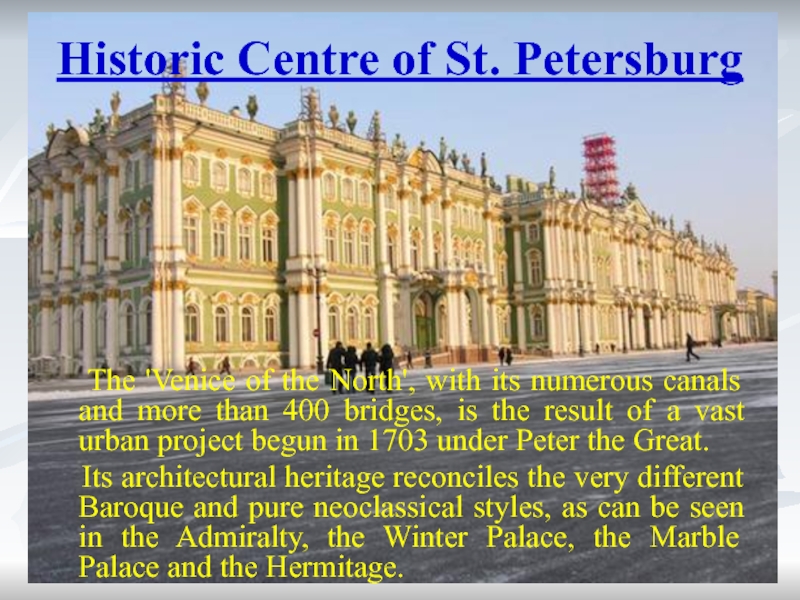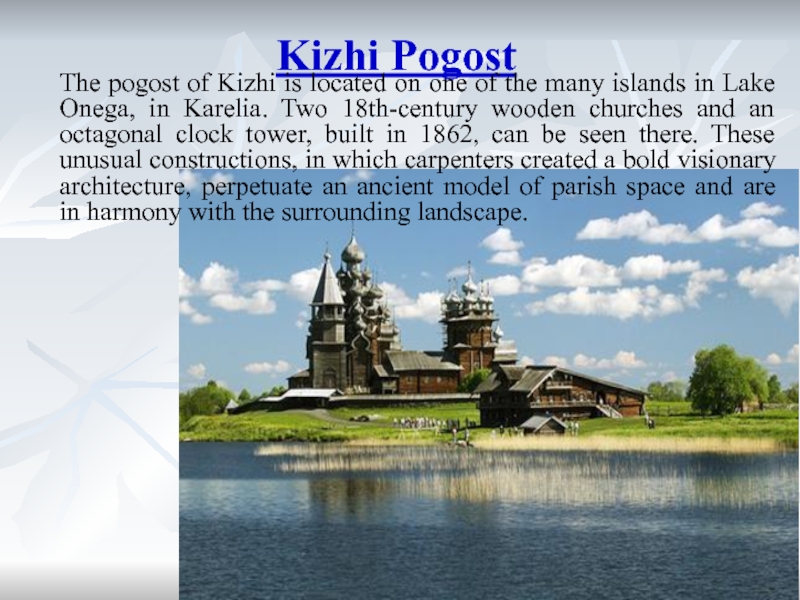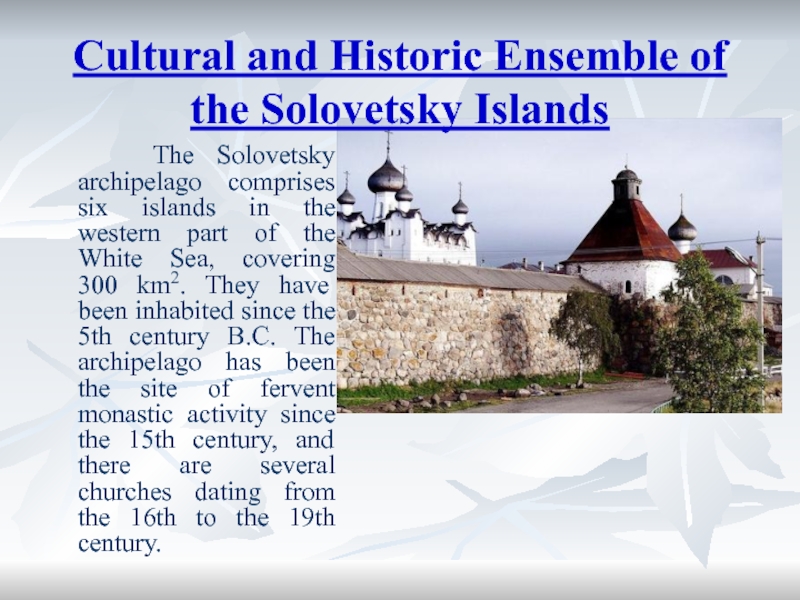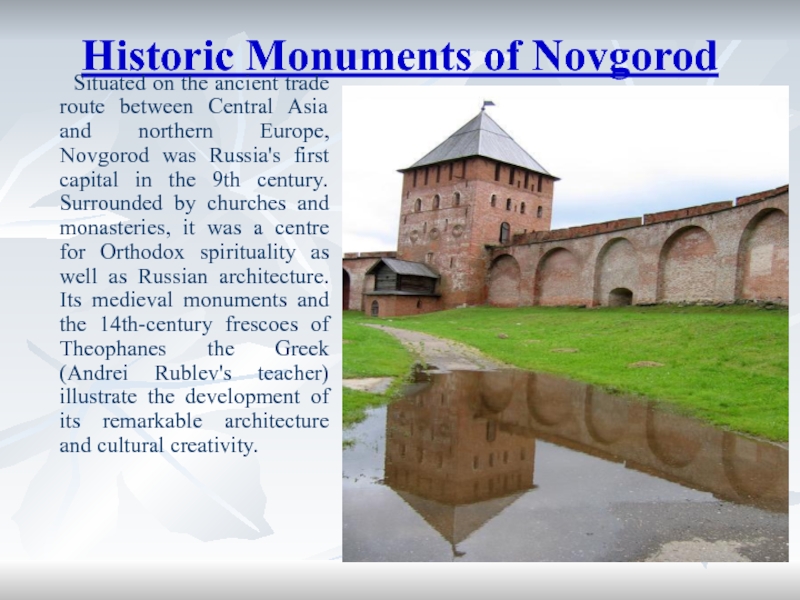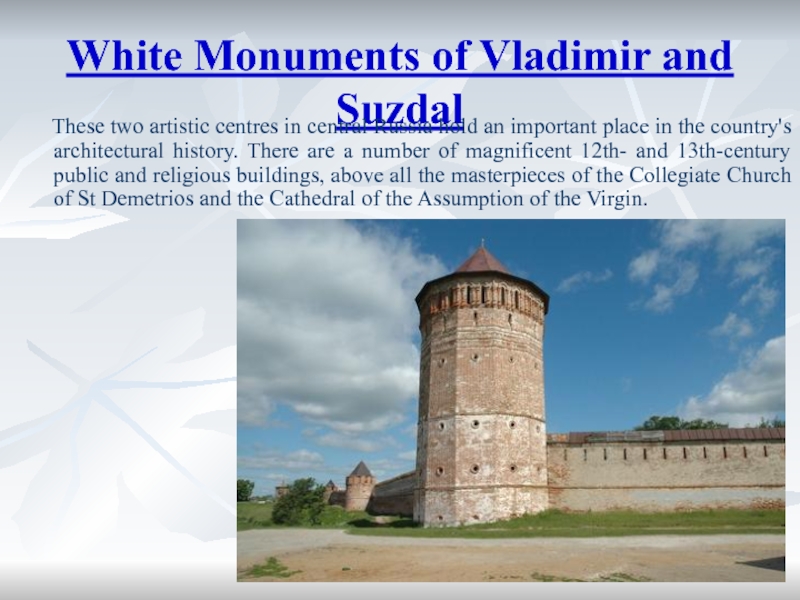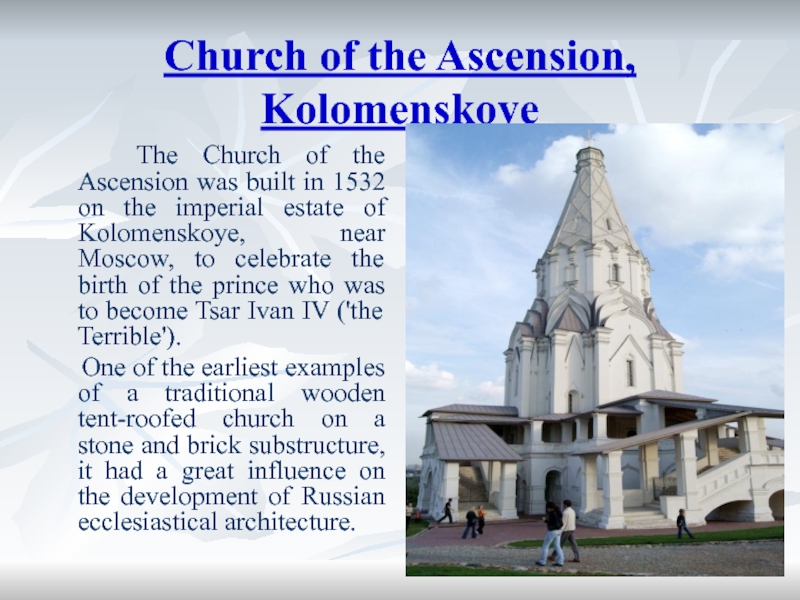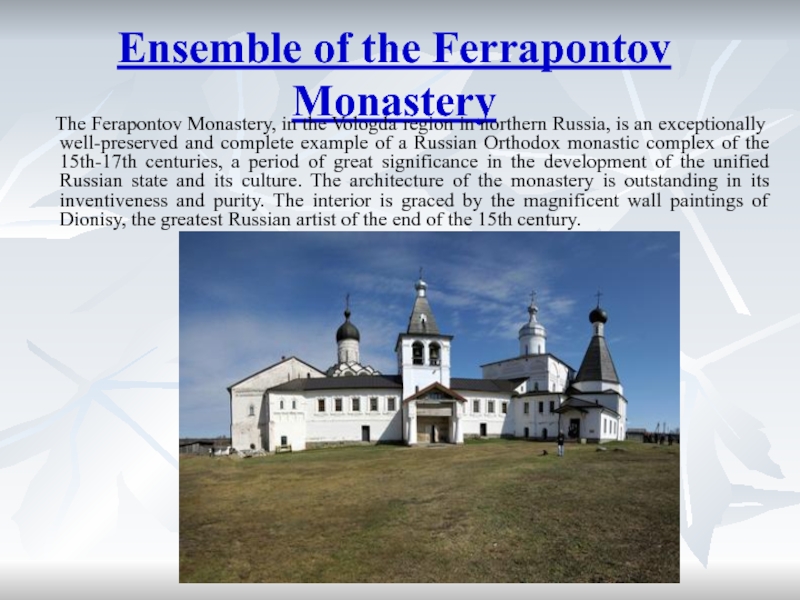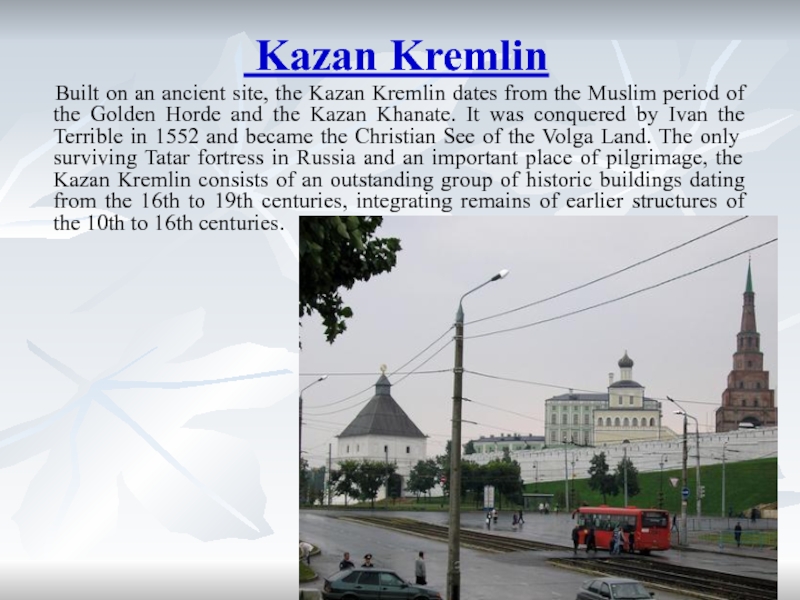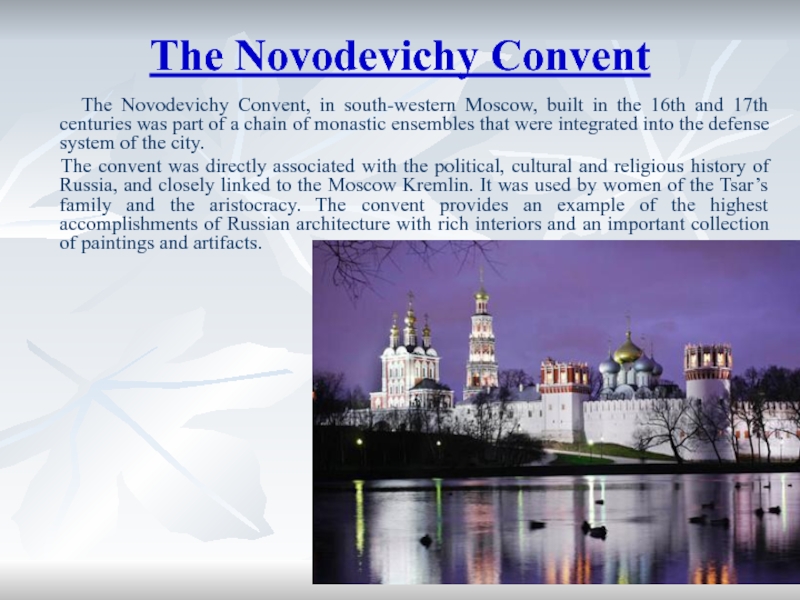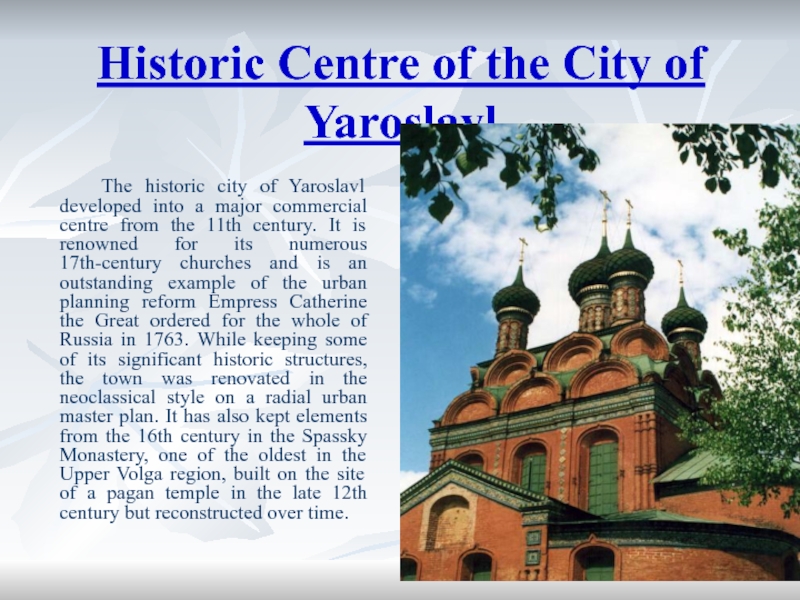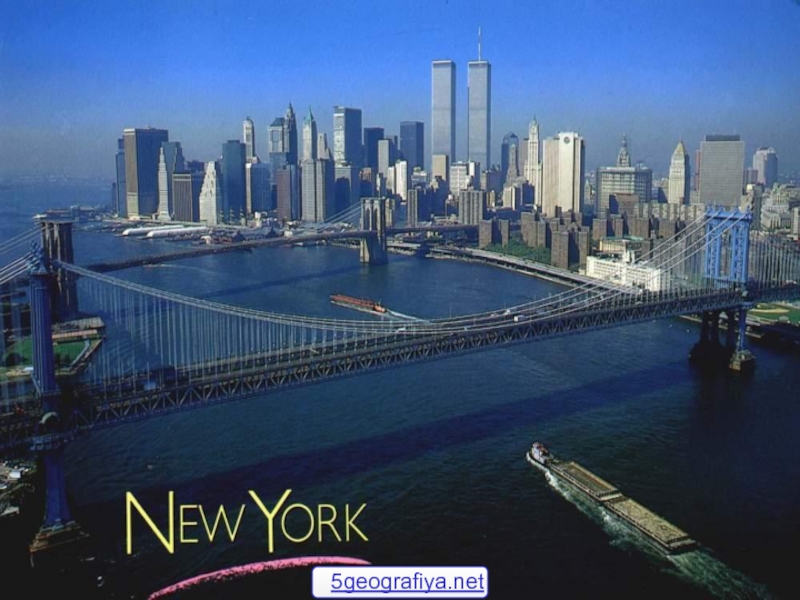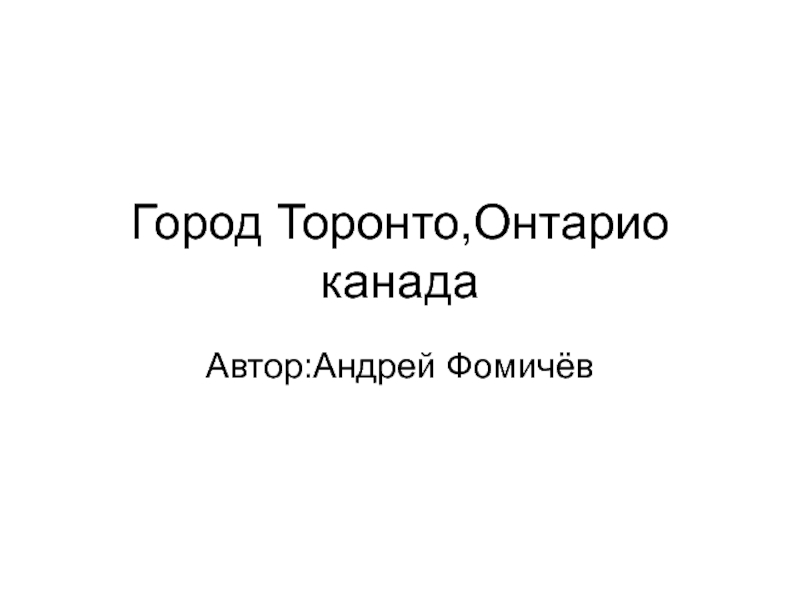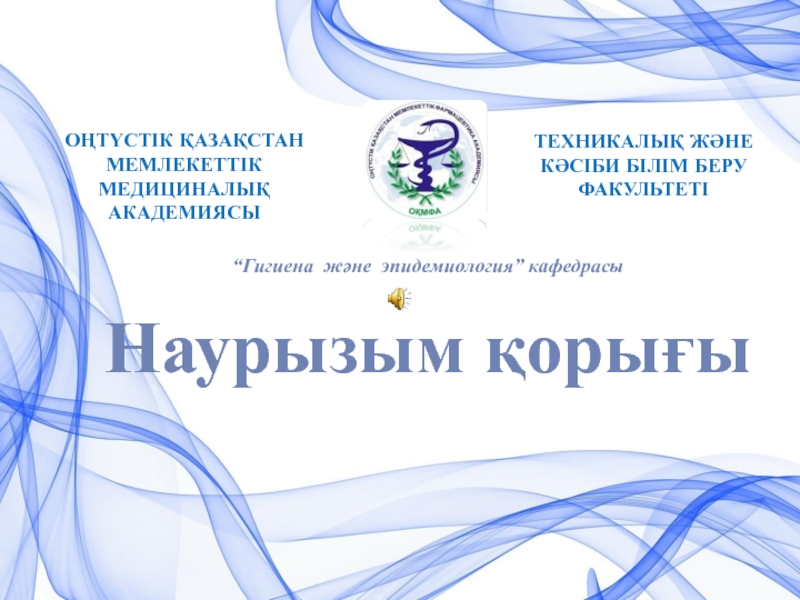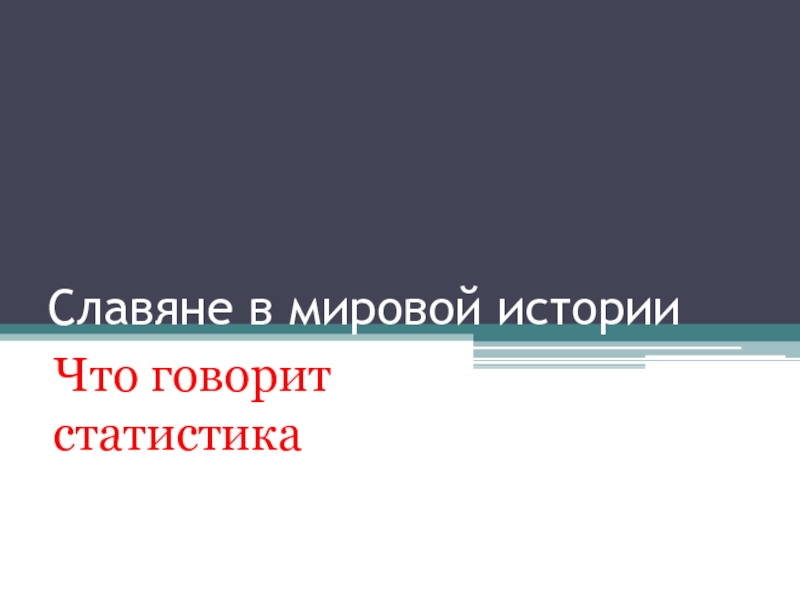- Главная
- Разное
- Дизайн
- Бизнес и предпринимательство
- Аналитика
- Образование
- Развлечения
- Красота и здоровье
- Финансы
- Государство
- Путешествия
- Спорт
- Недвижимость
- Армия
- Графика
- Культурология
- Еда и кулинария
- Лингвистика
- Английский язык
- Астрономия
- Алгебра
- Биология
- География
- Детские презентации
- Информатика
- История
- Литература
- Маркетинг
- Математика
- Медицина
- Менеджмент
- Музыка
- МХК
- Немецкий язык
- ОБЖ
- Обществознание
- Окружающий мир
- Педагогика
- Русский язык
- Технология
- Физика
- Философия
- Химия
- Шаблоны, картинки для презентаций
- Экология
- Экономика
- Юриспруденция
UNESCO презентация
Содержание
- 1. UNESCO
- 2. Moscow Kremlin and Red Square
- 3. Historic Centre of St. Petersburg
- 4. Kizhi Pogost The
- 5. Cultural and Historic Ensemble of the Solovetsky
- 6. Historic Monuments of Novgorod
- 7. White Monuments of Vladimir and Suzdal
- 8. Architectural Ensemble of the Trinity Sergius Lavra
- 9. Church of the Ascension, Kolomenskoye
- 10. Ensemble of the Ferrapontov Monastery
- 11. Kazan Kremlin
- 12. Derbent The Citadel,
- 13. The Novodevichy Convent
- 14. Historic Centre of the City of Yaroslavl
Слайд 1UNESCO
The World Heritage List includes 890 properties forming part of the
Слайд 2Moscow Kremlin and
Red Square
Linked to all the most important
Слайд 3Historic Centre of St. Petersburg
The 'Venice of the
Its architectural heritage reconciles the very different Baroque and pure neoclassical styles, as can be seen in the Admiralty, the Winter Palace, the Marble Palace and the Hermitage.
Слайд 4Kizhi Pogost
The pogost of Kizhi is located on
Слайд 5Cultural and Historic Ensemble of the Solovetsky Islands
Слайд 6Historic Monuments of Novgorod
Situated on the
Слайд 7White Monuments of Vladimir and Suzdal
These two
Слайд 8Architectural Ensemble of the Trinity Sergius Lavra in Sergiev Posad
The main church of the Lavra, the Cathedral of the Assumption contains the tomb of Boris Godunov.
Among the treasures of the Lavra is the famous icon, The Trinity, by Andrei Rublev.
Слайд 9Church of the Ascension, Kolomenskoye
The Church of the
One of the earliest examples of a traditional wooden tent-roofed church on a stone and brick substructure, it had a great influence on the development of Russian ecclesiastical architecture.
Слайд 10Ensemble of the Ferrapontov Monastery
The Ferapontov Monastery,
Слайд 11 Kazan Kremlin
Built on an ancient site,
Слайд 12Derbent
The Citadel, Ancient City and Fortress Buildings of
Слайд 13The Novodevichy Convent
The Novodevichy Convent, in south-western
The convent was directly associated with the political, cultural and religious history of Russia, and closely linked to the Moscow Kremlin. It was used by women of the Tsar’s family and the aristocracy. The convent provides an example of the highest accomplishments of Russian architecture with rich interiors and an important collection of paintings and artifacts.
Слайд 14Historic Centre of the City of Yaroslavl
The
